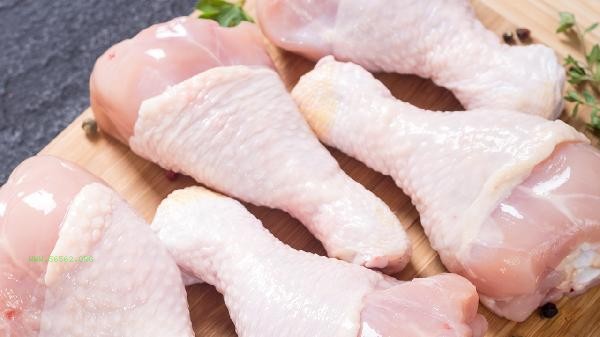Hypertensive patients can consume moderate amounts of celery, black fungus, kelp, bananas, oats and other foods to assist in lowering blood pressure. They can also follow medical advice to use drugs such as nifedipine controlled-release tablets, valsartan capsules, hydrochlorothiazide tablets, amlodipine besylate tablets, and Captopril tablets to control blood pressure. It is recommended to seek medical attention promptly and develop personalized treatment plans under the guidance of a doctor.

1. Food
1. Celery
Celery is rich in apigenin and potassium elements, which can dilate blood vessels and promote sodium ion excretion. Its dietary fiber can delay postprandial blood glucose fluctuations and reduce the risk of endothelial damage. It is recommended to blanch celery and mix it with cold water or juice it for consumption, with a daily intake of 100-200 grams.
2. Black fungus
Black fungus contains polysaccharides and plant gum, which can improve blood viscosity and enhance vascular elasticity. The vitamin K it contains can help regulate calcium deposition and prevent vascular calcification. After soaking, it can be stir fried with onions and consumed 3-4 times a week.
3. Kelp
Sodium alginate and mannitol in kelp have diuretic and sodium excretion effects, and their iodine elements can maintain normal thyroid function and avoid metabolic hypertension. Seaweed tofu soup can be made, but hyperthyroidism patients need to control their intake.
4. Bananas
Bananas are typical high potassium and low sodium fruits, with about 358 milligrams of potassium per 100 grams, which can counteract sodium induced vasoconstriction. Ripe bananas have a high sugar content, so patients with diabetes can choose green bananas instead.
5. Oats
The β - glucan in oats can bind to cholesterol and be excreted from the body. Its magnesium element can relax vascular smooth muscle. It is suggested to choose raw oats to cook Congee to avoid the sugar added in instant oats affecting blood pressure control.

2. Medication
1. Nifedipine controlled-release tablets
are calcium channel blockers that dilate peripheral arteries by blocking calcium channels, suitable for hypertensive patients with concomitant coronary heart disease. May cause ankle edema, heart rate changes should be monitored during medication.
2. Valsartan capsule
angiotensin II receptor antagonist can selectively block AT1 receptor to reduce peripheral resistance, and has organ protection effect on patients with diabetes nephropathy. During the initial stage of medication, there may be an increase in blood potassium levels.
3. Hydrochlorothiazide tablets
are thiazide diuretics that reduce blood volume by inhibiting tubular sodium reabsorption and are suitable for salt sensitive hypertension. Long term use should pay attention to supplementing potassium and magnesium elements, and regularly testing electrolytes.
4. Amlodipine besylate tablets
are long-acting calcium channel blockers with stable and long-lasting antihypertensive effects, especially suitable for elderly patients with isolated systolic hypertension. Common adverse reactions include headaches and facial flushing, which usually resolve on their own after 1-2 weeks.
5. Captopril tablets
are angiotensin-converting enzyme inhibitors that can reduce the production of angiotensin II and improve insulin resistance. Dry cough is a typical side effect, and in severe cases, the medication category needs to be changed. Hypertensive patients should establish a low salt and high potassium diet pattern, with a daily salt intake of no more than 5 grams. It is recommended to engage in 150 minutes of moderate intensity aerobic exercise per week, such as brisk walking, swimming, etc. Regularly monitor morning and bedtime blood pressure to avoid emotional excitement and excessive fatigue. Individuals with combined overweight should gradually control their body mass index below 24, and quitting smoking and limiting alcohol consumption can help enhance their blood pressure lowering effect. If there are persistent symptoms of target organ damage such as headache and blurred vision, immediate medical attention should be sought to adjust the treatment plan.









Comments (0)
Leave a Comment
No comments yet
Be the first to share your thoughts!